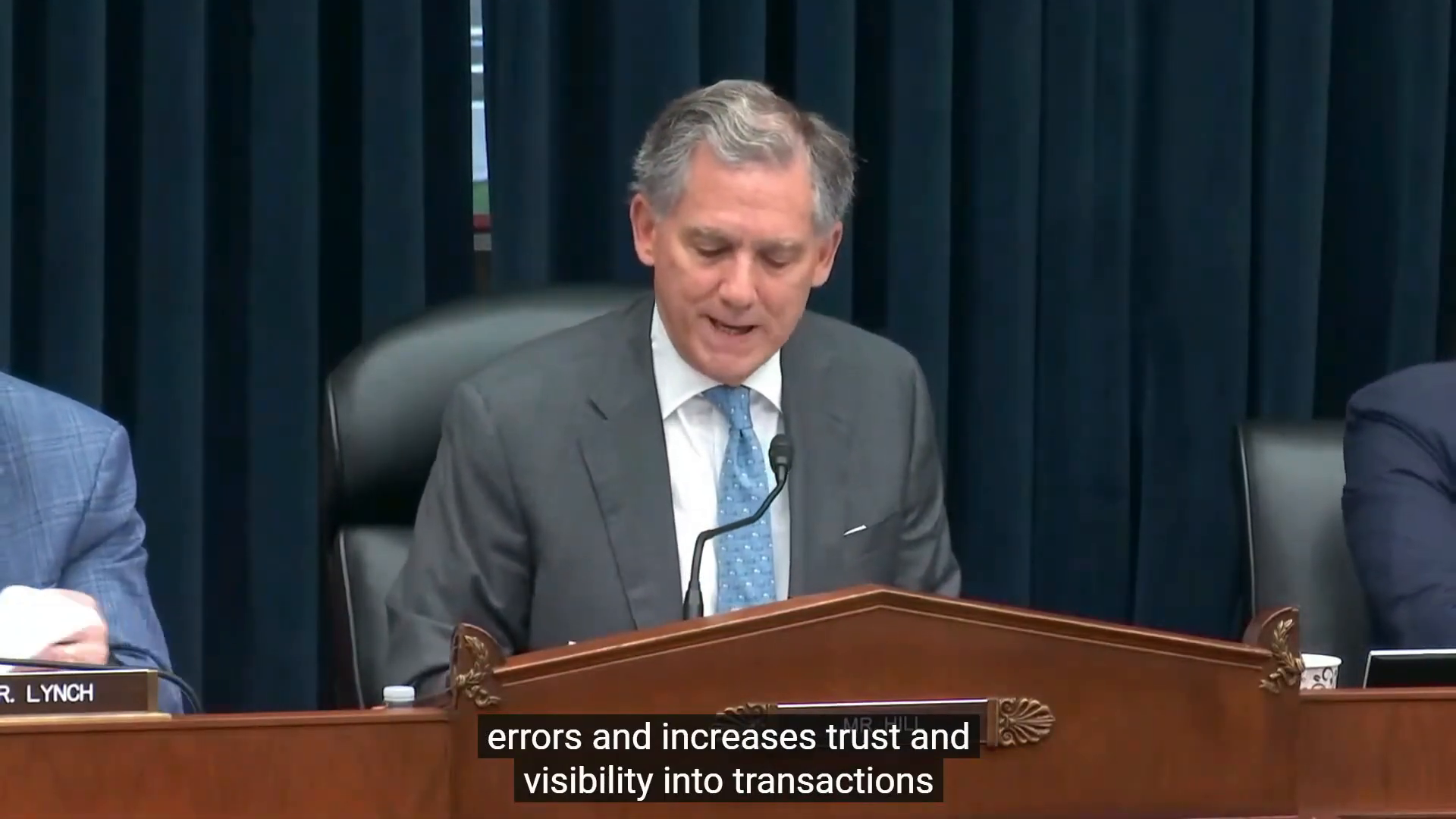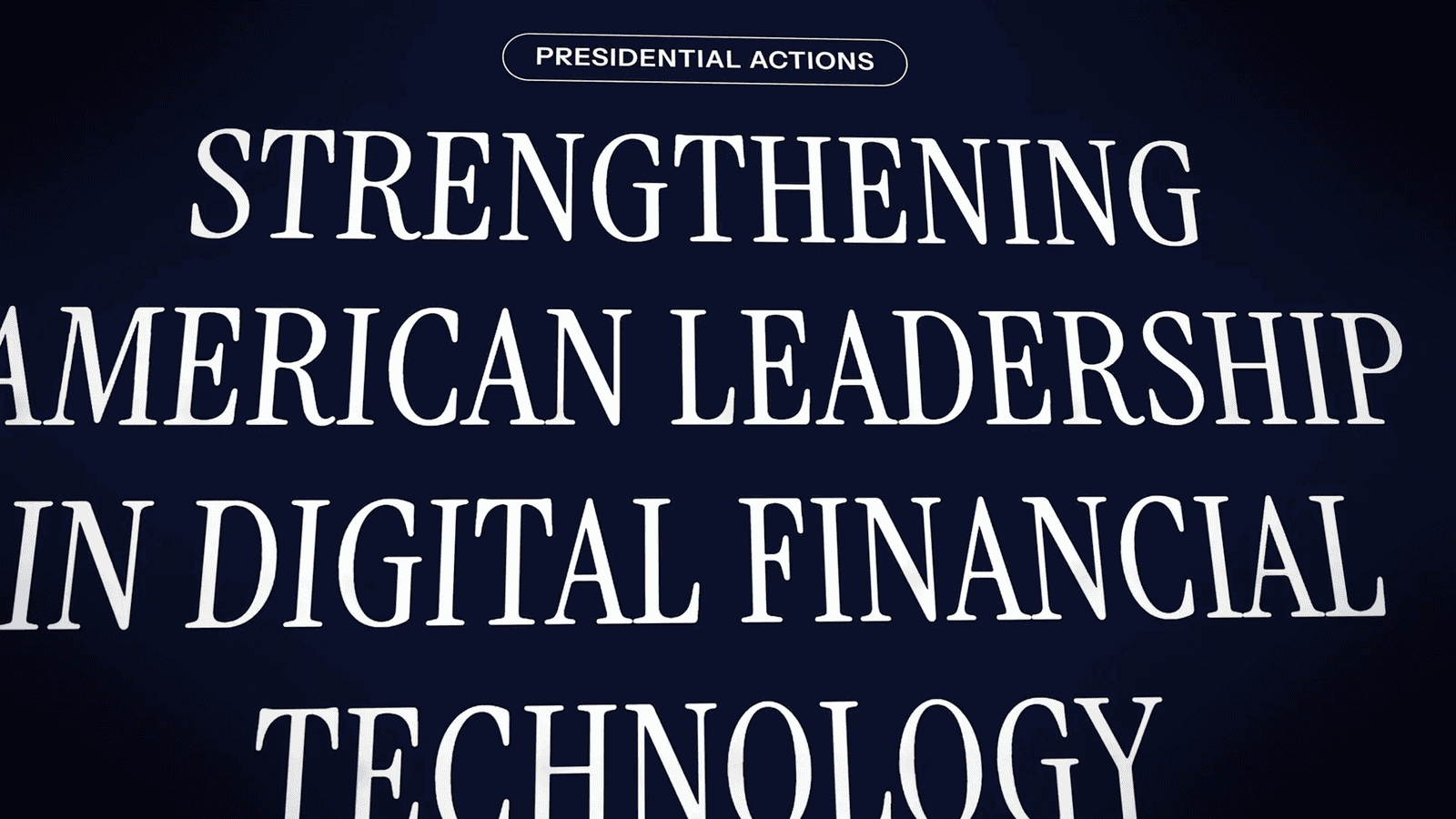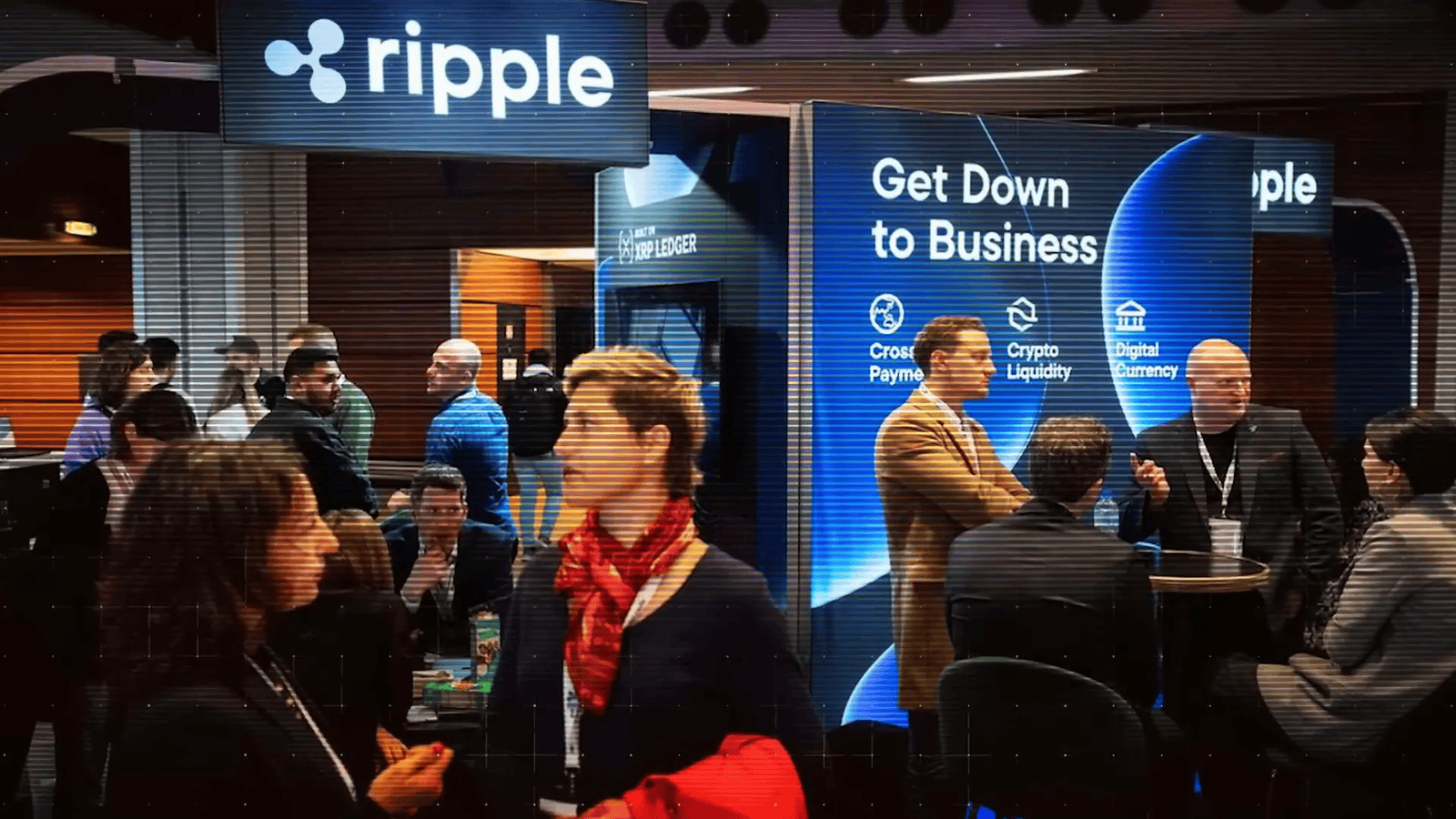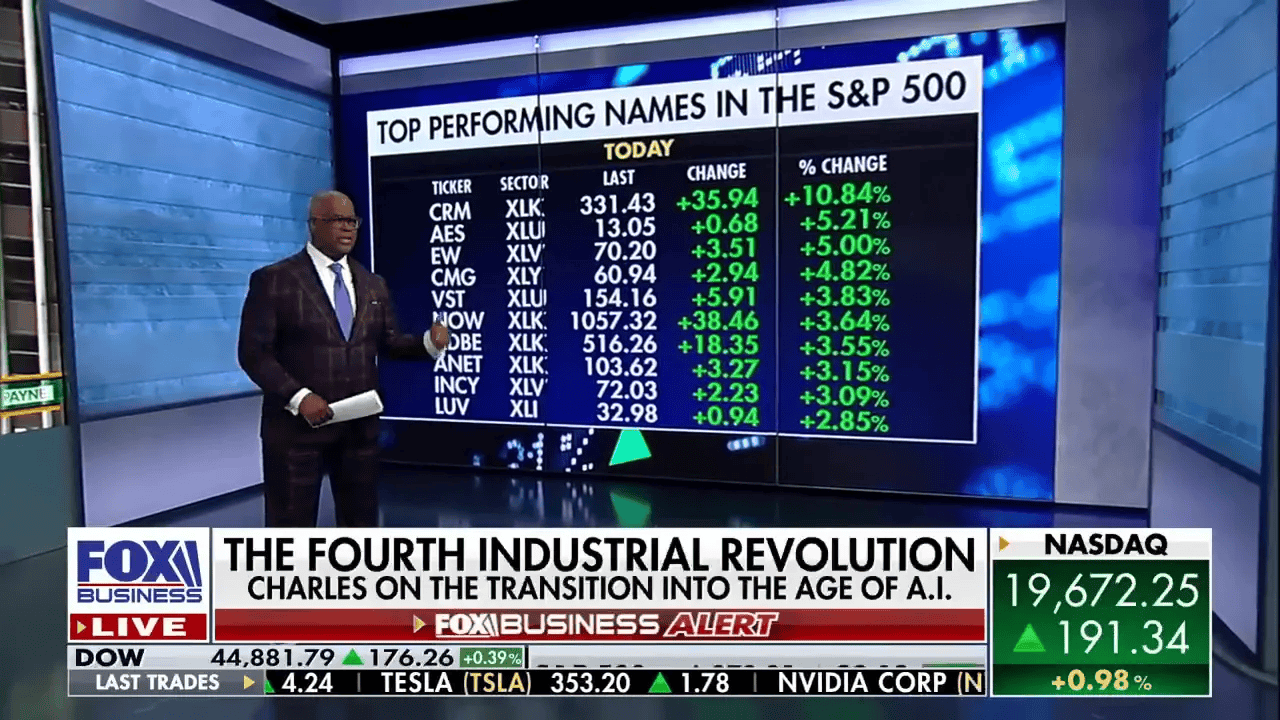Introduction to Tokenization in Finance
In a landmark moment for the future of finance, a recent congressional health subcommittee convened a hearing titled “Next Generation Infrastructure: Unleashing Efficiency Through Real World Asset Tokenization.” This event marks a historic step forward, highlighting the growing significance of tokenizing real-world assets within the financial sector.
Tokenization involves converting physical assets into digital tokens on a blockchain, enabling more efficient and accessible trading and ownership. This hearing underscores the importance of understanding and navigating the potential impacts of this innovation on financial systems.

This section will delve into the significance of this hearing and provide an overview of how tokenization is poised to revolutionize finance by enhancing efficiency and accessibility.
Exploring the Benefits and Challenges of Tokenization
As we delve into the realm of tokenization, we find ourselves at the cusp of a potential financial revolution. For the first time, Congress has addressed this innovative concept, marking a historic moment in financial discourse. Tokenization involves converting tangible assets such as real estate and artwork into digital tokens. This process has the potential to transform how we invest and manage ownership by offering new avenues for asset management.
During a recent hearing, both the thrilling prospects and potential hurdles of this technology were examined. Industry leaders highlighted tokenization’s capacity to democratize finance, making investment opportunities more accessible to a broader audience and potentially boosting business activity across various sectors.
However, with these advancements come significant concerns. Key issues raised included investor protection and security risks associated with digital asset management. As tokenization continues to evolve, these challenges will require careful consideration to ensure that investor interests are safeguarded while fostering innovation.
Congressman French Hill’s Opening Remarks
In a recent hearing, Congressman French Hill delivered opening remarks that set the tone for a comprehensive discussion on the future of finance and the role of tokenization. As the chairman of the Subcommittee on Digital Assets, Financial Technology, and Inclusion, Hill emphasized the transformative potential of blockchain technology in financial systems.
Hill’s introduction highlighted the advantages of blockchain, particularly in compliance programming. He outlined how blockchains can provide a secure and transparent record of ownership for tokenized assets. This capability is crucial in reducing risks associated with fraud and errors while simultaneously enhancing trust and visibility in financial transactions.
By focusing on these benefits, Congressman Hill underscored the need to distinguish between tokenization and cryptocurrency. This distinction is essential to understanding how blockchain can be leveraged for secure financial operations without conflating it with other digital assets.
The session promised a deep dive into both the opportunities and challenges presented by tokenization, setting up a dialogue that would explore its potential impacts on investors and the broader financial landscape. This opening by Hill was not only informative but also foretelling of the debates to follow.
The Future of Finance: Tokenization’s Impact
The future of finance stands at a pivotal juncture with the advent of tokenization, offering substantial benefits across various markets. As highlighted, some states are actively updating regulations to accommodate digital assets, while others are facing regulatory hurdles that hinder progress. A key takeaway from recent discussions is the distinction that needs to be made between security tokenization and cryptocurrencies. Tokenization should be viewed as a separate entity within the blockchain ecosystem, distinct from the digital assets conversation that has been ongoing.
Tokenizing real-world assets involves using blockchain or distributed ledger technology, which some might mistakenly see as a mere extension of digital assets. However, this process deserves its own dedicated conversation and prioritization due to its potential to integrate traditional finance systems into blockchain networks.
The conversation around tokenization is not just about bringing assets on-chain but also about rethinking how traditional financial systems can evolve with technology. This shift emphasizes the need for distinct discussions and strategic prioritizations in regulatory frameworks.











